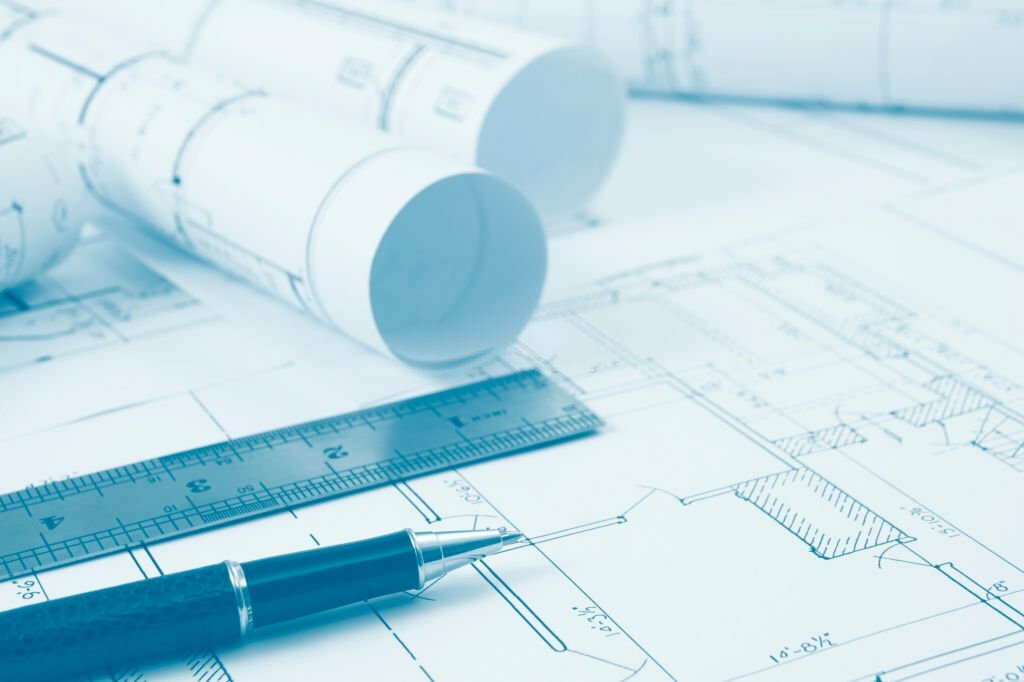Choosing the Right Blueprint Scanning Service: A Comprehensive Guide
In the realm of architectural design and construction, the transition from traditional paper blueprints to digital formats has become a pivotal step towards efficiency, accuracy, and sustainability.
The process of blueprint scanning plays a crucial role in this transformation, allowing architects and project managers to seamlessly integrate technology into their workflows. The success of this transition often hinges on selecting the right blueprint scanning service. This comprehensive guide aims to assist you in navigating this decision-making process effectively.
How and Why Scan Blueprints?
Understanding the Need:
Before delving into the selection process, it’s essential to comprehend why scanning blueprints is a strategic move. The benefits are manifold:
Enhanced Accessibility:
Digital blueprints facilitate easy access and retrieval, eliminating the need for physical storage and reducing the risk of damage or loss.
Collaboration and Sharing:
Digital formats enable effortless sharing among project stakeholders, fostering collaboration and communication throughout the design and construction phases.
Efficiency in Revisions:
Electronic blueprints make revisions and annotations more efficient, saving time and resources compared to manual alterations on paper.
Environmental Sustainability:
The shift to digital reduces the demand for paper, contributing to sustainability efforts and aligning with environmentally conscious practices.
How to Choose the Right Blueprint Scanning Service:
1. Assess Your Requirements:
Begin by identifying the specific needs of your projects. Consider factors such as the volume of blueprints, desired turnaround time, and any additional services required, such as OCR (Optical Character Recognition) or indexing.
2. Quality of Scanning Equipment:
Inquire about the technology and equipment used by the scanning service. High-quality scanners ensure clear and accurate digital replicas, preserving the integrity of the original blueprints.
3. Security Measures:
Given the sensitive nature of architectural plans, prioritize a scanning service with robust security measures. Encryption, secure data storage, and confidentiality agreements are crucial aspects to evaluate.
4. Experience and Reputation:
Research the service provider’s experience in blueprint scanning. Client testimonials, case studies, and the duration of their presence in the industry are indicators of reliability and expertise.
5. Compliance with Industry Standards:
Ensure that the scanning service adheres to industry standards and regulations, especially concerning data privacy and archival practices.
6. Cost Transparency:
Seek transparency in pricing structures. Understand the cost implications for scanning, indexing, and any additional services. A reputable service provider should provide a clear breakdown of costs.
7. Turnaround Time:
Assess the scanning service’s ability to meet your project timelines. A balance between speed and precision is crucial to ensure timely delivery without compromising quality.
8. Customer Support:
Evaluate the level of customer support offered by the scanning service. Responsive communication and a dedicated support team can significantly contribute to a smooth and satisfactory experience.
Why Choose Consentia?
At Consentia, we understand that your architectural projects demand precision, reliability, and a seamless transition to digital workflows. Here’s why choosing Consentia as your blueprint scanning service provider is a strategic decision:
Commitment to Quality:
Our state-of-the-art scanning equipment ensures the highest quality digital reproductions, preserving the fine details of your blueprints with precision.
Robust Security Protocols:
We prioritize the security of your sensitive data. Consentia implements encryption, secure storage, and strict confidentiality agreements to safeguard your architectural plans.
Extensive Industry Experience:
With years of experience in blueprint scanning, Consentia has earned a reputation for excellence. Our satisfied clients and successful case studies speak to our expertise and commitment to quality service.
Tailored Solutions:
Consentia recognizes that every project is unique. We work closely with you to understand your specific requirements, offering tailored solutions that align with your goals.
Transparent Pricing:
We believe in transparency. Our pricing structures are clear and straightforward, ensuring you understand the cost implications of our blueprint scanning services.
Timely Delivery:
At Consentia, we understand the importance of project timelines. Our efficient processes strike a balance between speed and accuracy, ensuring timely delivery without compromising the quality of our services.
Dedicated Customer Support:
Our responsive customer support team is committed to addressing your queries and concerns promptly. We believe in building lasting relationships with our clients through excellent service.
Choose Consentia for a seamless and reliable blueprint scanning experience that elevates your architectural projects to new heights of efficiency and collaboration. Embrace the future of digital transformation with a partner you can trust.
